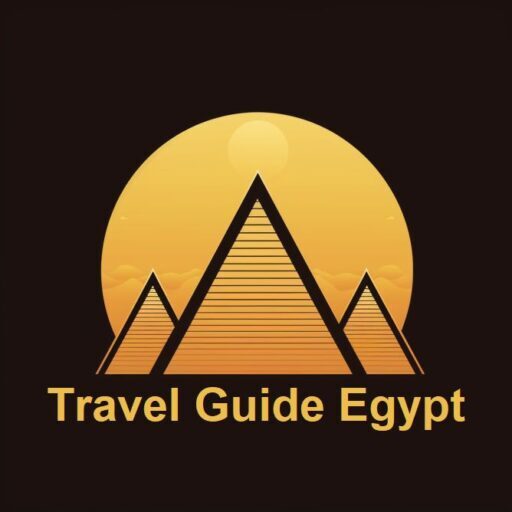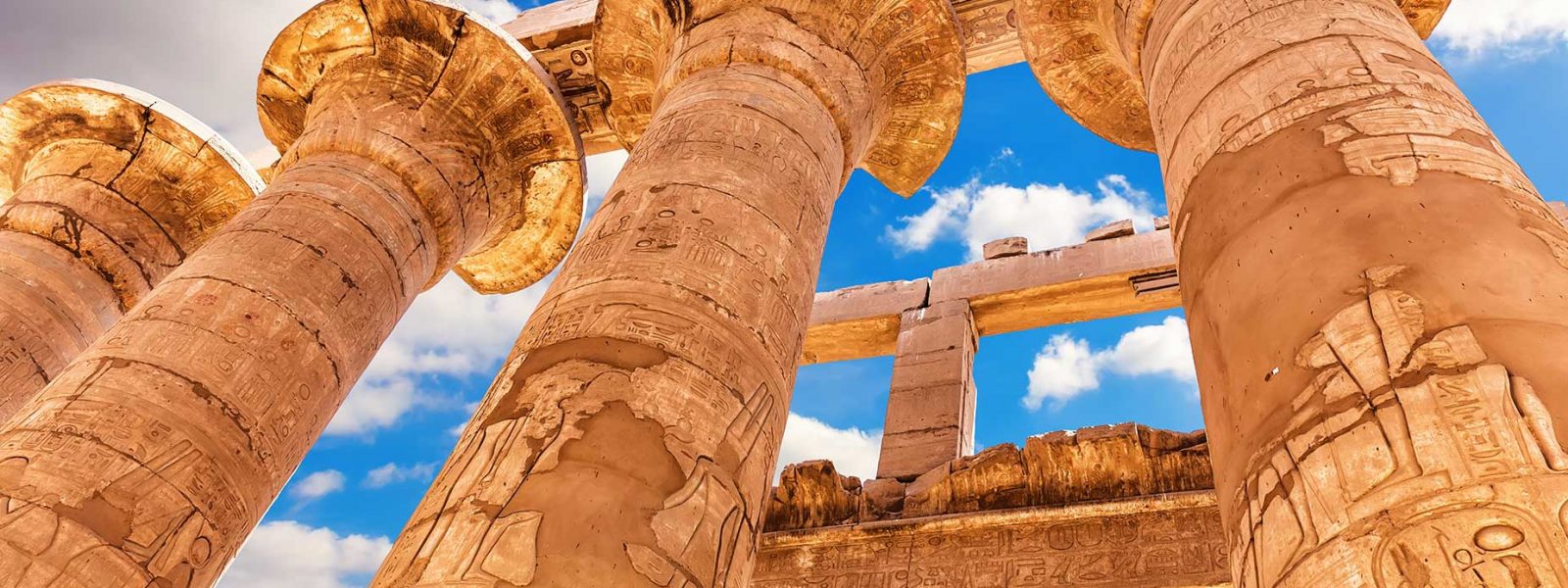Located on top of an ancient city called Thebes by the Greeks and Waset by the ancient Egyptians, Luxor is a modern-day Egyptian city.
The city is located about 312 miles (500 kilometers) south of Cairo along the Nile River. In Luxor and its surroundings, there were more than 450,000 people.
In Latin, the word ‘castrum’ refers to the Roman fort built nearby, which is why Luxor is called ‘the fortress’. As one of Egypt’s largest cities, Luxor served at times as its capital. The East Bank of Luxor contains the remains of an ancient city that existed between 1500 and 1000 B.C.
Ancient Egyptians believed that the city was home to the deity Amun, associated with royalty. Egypt’s rulers were buried in the Valley of the Kings near the city during the “New Kingdom” period between roughly 1550-1050 B.C. In addition to Karnak Temple, Luxor Temple, the Valley of the Queens, and Queen Hatshepsut’s mortuary temple, other famous sites near the city were built or expanded during the period.
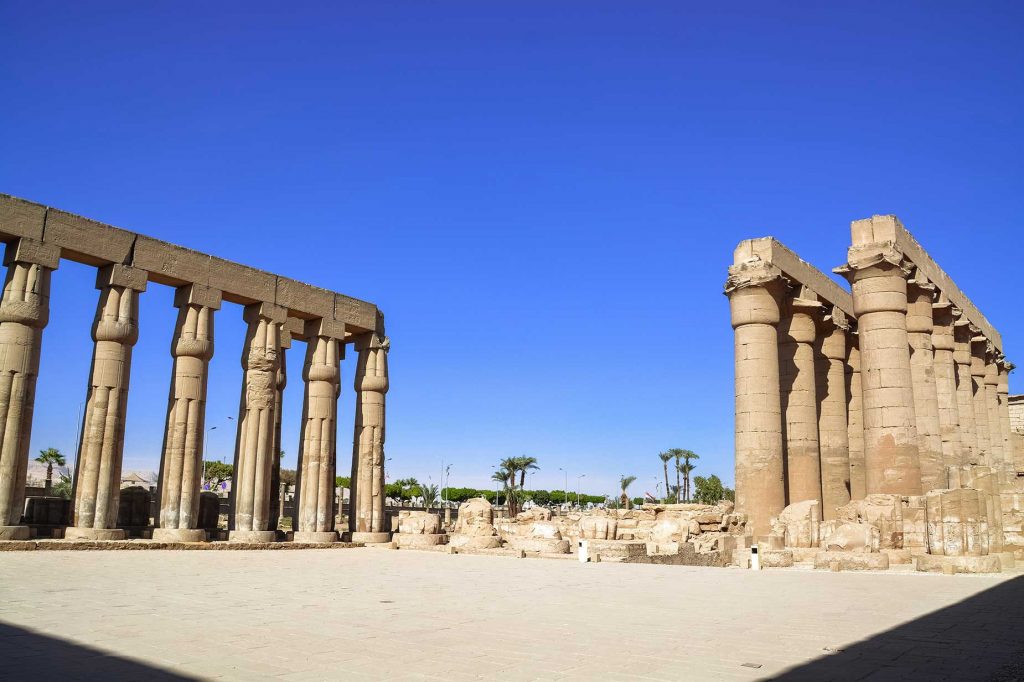
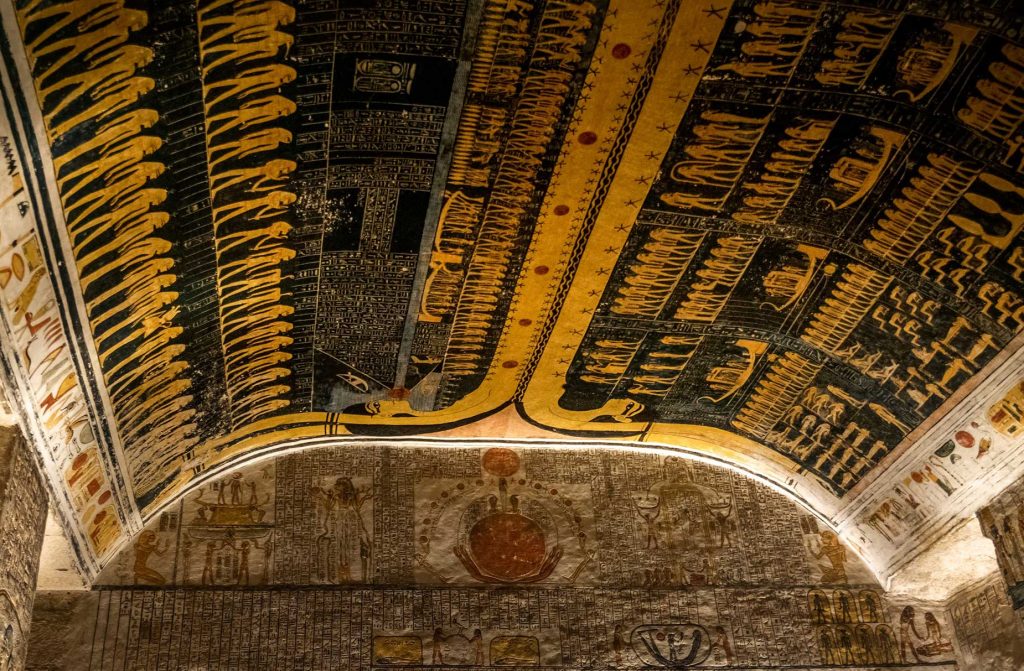
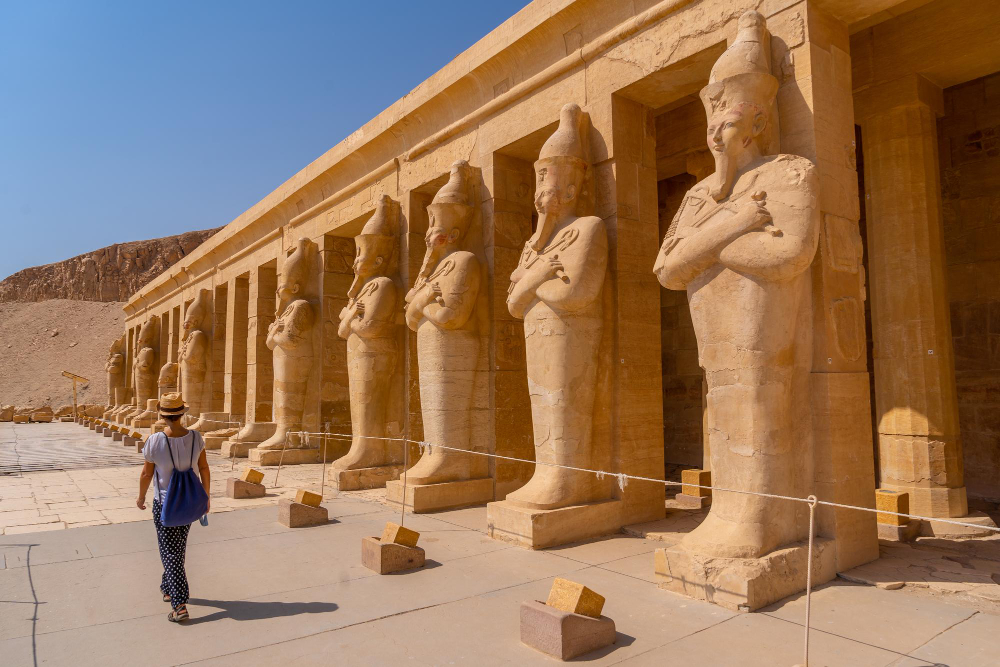
It was in the 11th Dynasty that the city became important. Following the First Intermediate Period troubles, the lands experienced stability under Montuhotep II as the city grew in stature. It was during the New Kingdom that the city accumulated great wealth and rose to prominence, even on a global scale, as a result of its expeditions to Kush and Canaan, Phoenicia, and Syria. In ancient Egypt, Thebes was an important city in expelling the Hyksos invasion forces from Upper Egypt. The city was the political, religious, and military capital from the time of the 18th Dynasty to the 20th Dynasty.
There were many people in the city, including the Babylonians, Mitanni, Hittites of Anatolia (currently Turkey), Canaanites from Ugarit, Phoenicians from Byblos and Tyre, and Minoans from Crete. Ankhesenamun, Tutankhamun’s widow, was married to a Hittite prince from Anatolia. While Thebes continued to have considerable political and military importance, other cities in northern Egypt, such as Bubastis, Sais and finally Alexandria, replaced it as the capital during the Late Period.
The Attractions of Luxor
On the east bank of the Nile River, you will find Karnak and Luxor Temples. There was once an avenue lined with sphinxes that connected them (part of which still stands). Karnak temple is of a unique size. There is no doubt that it is the biggest architectural complex of the ancient world. The temple resembles a town rather than a temple, as it includes constructions built over the centuries by several Pharaohs. Karnak temple complex was dedicated to the triad – God Amon, his son, and his wife. All the buildings are large – pylons 40 meters high, columns that can only be grasped by five people.
As one of the most important ancient temple complexes of Egypt, Luxor Temple was built during Amenhotep III’s reign. It was completed by Ramesses II. It extends along the Nile banks for 260 meters.
Visit Luxor Museum (East bank) to see an extensive collection of ancient artifacts. It has a variety of statues and other objects on display from ancient Egyptian temples and tombs alongside an impressive exposition of Pharaoh statues, alto-relievos, grave goods, and ancient tools!
On the west bank of the Nile, you can visit the Valley of the Kings. Over 60 pharaohs’ tombs and chambers can be found here. The tombs of Seti I, Ramesses VI, Ramesses IX, and Tutankhamun are among the most interesting. Valley of the Queens is located not far from Valley of the Kings. Among its occupants were the wives of pharaohs, their children, and powerful nobles.
You will also be able to see the Reconstructed Graduated Mortuary Temple of Hatshepsut – the fifth absolute female pharaoh of Egypt in history. The site lies on the way to the Valley of the Kings. The murals there are also a sight to behold.
It is a short walk from the road to the Valley of the Kings to the Mortuary Temple of Ramesses III on the west bank. The Temple’s wall reliefs still survive today – the temple is well-preserved.
